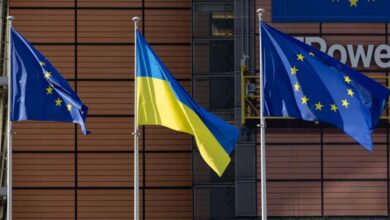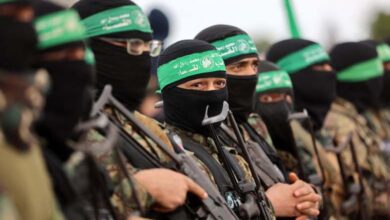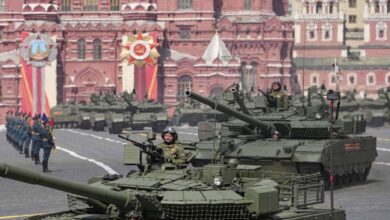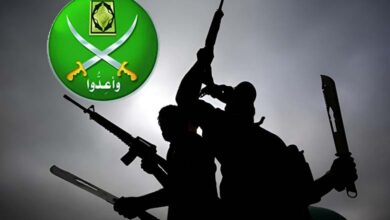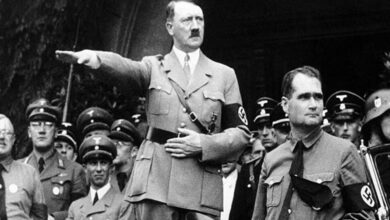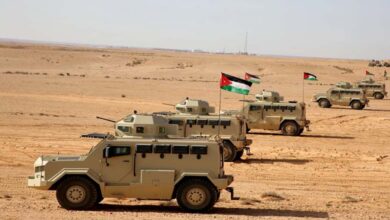Collapse of Armored Forces and Recruitment Crisis: Ukraine Faces Its Gravest Challenge Since the War Began
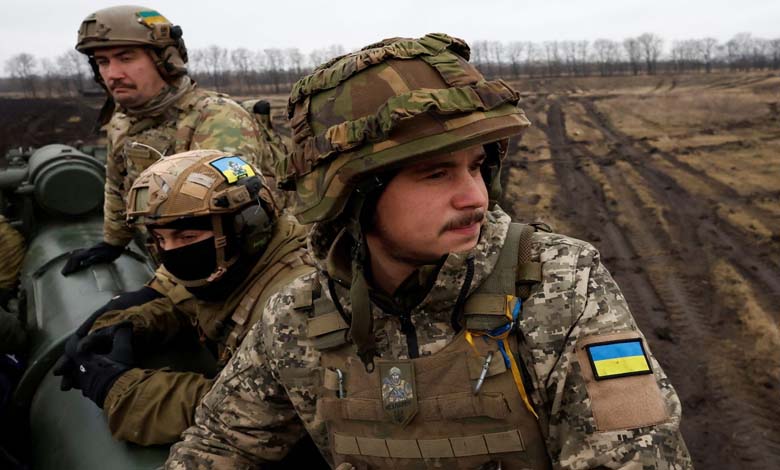
Ukraine’s armed forces are experiencing one of their weakest phases since the conflict erupted in February 2022. Field reports and military assessments point to a sharp decline in the readiness of tank battalions, coupled with a severe recruitment crisis that threatens the stability of the front lines. These combined pressures have plunged Ukraine into one of its most vulnerable moments since the war began.
According to Military Watch, the combat readiness of Ukrainian tanks now stands between just 6% and 18% of their original strength, reflecting devastating losses that can no longer be replaced and mounting technical difficulties in maintaining active vehicles on the front lines. Armored warfare expert Mykola Salamakha noted that tanks are now treated as a “last resort” in battle, warning that their misuse for symbolic or propaganda purposes has greatly worsened losses.
“They sometimes send out a single tank to support infantry, but it’s destroyed almost immediately,” he said. He estimates that only one-third of Ukraine’s armored fleet remains combat-capable, and in some areas, the proportion falls to just one-fifth — despite massive increases in military spending and Western assistance for maintenance and spare parts.
Russian Drones Changing the Rules of War
Russian drone strikes have reshaped the battlefield, turning tanks into easy and exposed targets even ten kilometers behind the front lines. “Once a tank is detected, it’s immediately hit by successive waves of drones using different tactics,” Salamakha explained.
Although Ukraine has received hundreds of old Soviet-era tanks — mainly T-72s from Poland and other Eastern European nations — these reinforcements are no longer enough to offset the staggering losses, as those countries have nearly exhausted their reserves. Western tanks, initially touted as a game changer, have also suffered catastrophic losses. By June 2025, the Ukrainian army had lost 87% of its U.S.-supplied Abrams tanks — 27 out of 31 delivered — shocking Western capitals that had viewed them as symbols of technological superiority.
Recruitment Crisis: From Volunteering to Coercion
The equipment losses, however, tell only part of the story. A deeper crisis looms in manpower. Recruitment is collapsing, and reports of forced conscription are multiplying.
British journalist Jerome Starkey from The Sun described a revealing incident in Kharkiv, where a Ukrainian colleague was forcibly conscripted at a checkpoint. “The soldier checked our papers and, minutes later, escorted my colleague to a recruitment center,” he recalled.
At the start of the war, tens of thousands of volunteers had flocked to enlist, swelling Ukraine’s military ranks to over a million. But after the failed 2023 summer counteroffensive and former commander-in-chief Valerii Zaluzhnyi’s admission that the war had reached a “stalemate,” morale plummeted.
Today, few Ukrainians willingly enlist. Scenes of forced mobilization are becoming increasingly common, and corruption within the recruitment system has worsened. The head of the army’s psychiatric service was arrested for taking over £800,000 in bribes to exempt men from service, prompting the government to dissolve all military medical boards.
Martial law prohibits men aged 18 to 60 from leaving the country, yet Kyiv eased restrictions in 2024 for the 18–22 age group as families sought to send their sons abroad before reaching conscription age. Despite Western pressure to lower the draft age to 18, the Ukrainian government resists, fearing public outrage.
Combat capabilities, meanwhile, are deteriorating rapidly. President Volodymyr Zelensky acknowledged in February the loss of over 45,000 soldiers and 380,000 wounded — figures that continue to climb.
Fragile Fronts and Russian Advances
The manpower shortage has created wide gaps along a front stretching more than a thousand miles. In August, Russian troops advanced up to ten miles near Donetsk in just two days, exploiting Ukrainian defensive collapses.
While Kyiv increasingly relies on drones and automated systems to fill the void, analysts warn the issue has become structural — an army deprived of both tanks and troops, dependent on external support that can no longer bridge the growing gap between its dwindling resources and exhausted morale.




